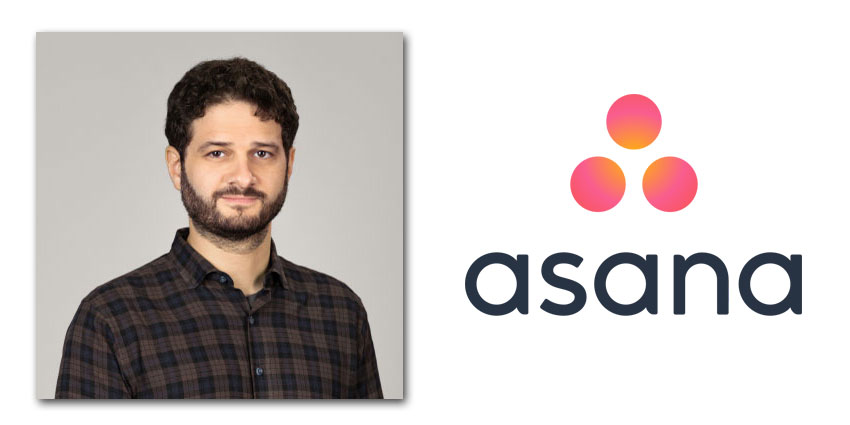In Asana’s recently released Anatomy of Work Index 2021, the company highlighted how employees spend their time at work, their habits, and the factors shaping said habits. One of the survey’s least surprising findings – despite an organizations’ best efforts to recreate what worked in an office setting in a now remote setting, workers across the world say they’re losing 60 percent of their time on work coordination and not spending time doing the job they were hired to do.
According to the report, “Organizations of every size, and across all industries, are losing countless hours of work, spending time searching for information, switching between apps, and holding status meetings.” Dustin Moskovitz, CEO, and Co-Founder, Asana (pictured, above), said in a statement that there was a productivity paradox that stemmed from distributed work, noting that 2020 was a year marked by distraction and disruption.
He also said that 2020 was stricken by a lack of clarity on roles, ownership, and purpose of deliverables, combined with more messages, meetings, and tools to navigate than previous years on record. All this, he contends has fueled what the company calls ‘troubling trends.’ Eighty-seven-percent of the over 13,000 respondents said they work almost two hours later each day – totalling 455 hours every year. Compare this to the 242 extra hours in 2019 employees say they worked, you start to see just how the pandemic has impacted the future of work.
“While teams are having fewer ad-hoc conversations, this hasn’t resulted in shorter working days. Casual chats got replaced by unnecessary meetings, costing individuals 157 hours per year”
Asana’s 2021 Anatomy of Work Index further found that one-in-four (26%) of deadlines get missed each week because of unrealistic expectations and unclear processes. It even found that teams spend 30% more time on pure duplication of work year-over-year. New hires said they spend almost twice as much time on duplicated work than employees who have more experience.
With workdays getting longer, Asana found that 3-in-4 employees struggle to disconnect from work, with seven-in-ten adding that they experienced burnout at least once in 2020. Two thirds (62%) experienced imposter syndrome in 2020, doubting their ability to perform their role within an organization. Almost 80% of workers who started a new job during the pandemic report experiencing the phenomenon, which Asana found to be more common amongst parents and caregivers with children at home (67%), compared to those without (57%).
Asana found – around the world, the top three barriers to productivity are: Having too much work to do, having to respond to too many emails/message pings, as well as participating in too many meetings and video calls.
Two-thirds of respondents believe they will have to beef up their skills if they want to do their job right in 2021. IT, technology proficiency, confidence, and leadership development were found to be the top three areas for personal growth, according to Asana. Across all employees surveyed, 73 percent stated that they believe that organizations can be more resilient in 2021 if they remain flexible.
Moskovitz told UC Today, despite countries continuing to grapple with unprecedented new challenges in the COVID-19 era, Asana’s Anatomy of Work Index 2021 underscores what he calls the vast differences experienced across timezones.







